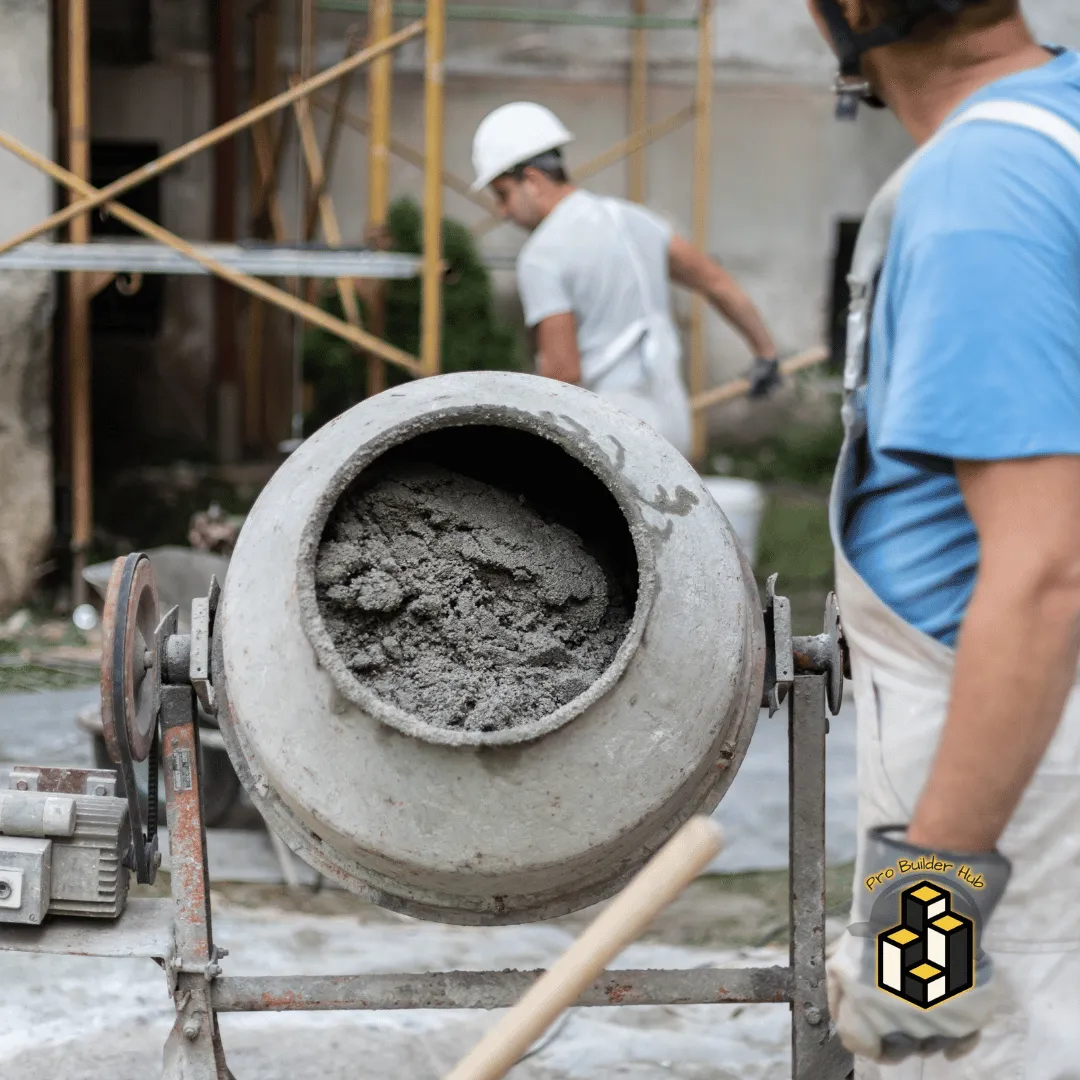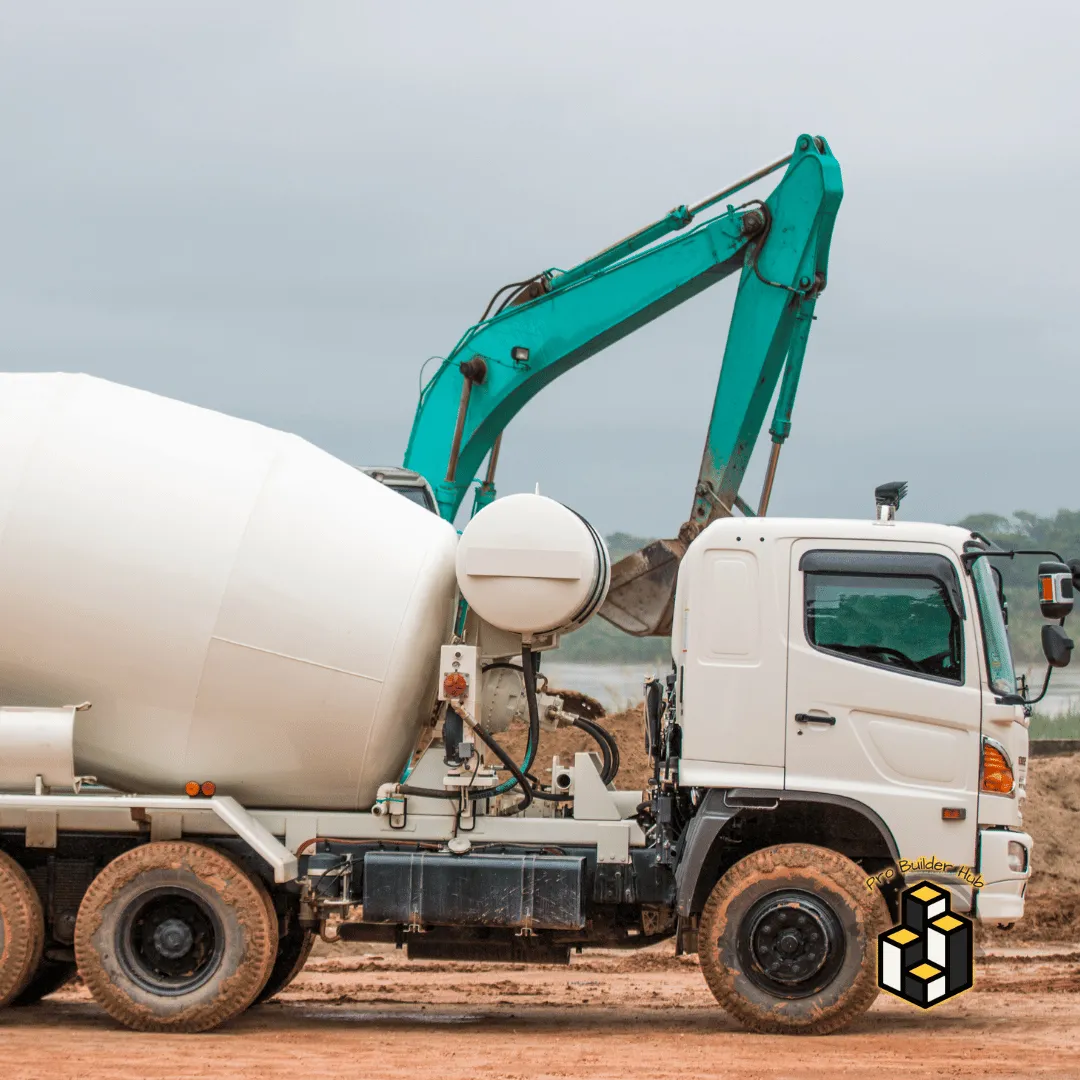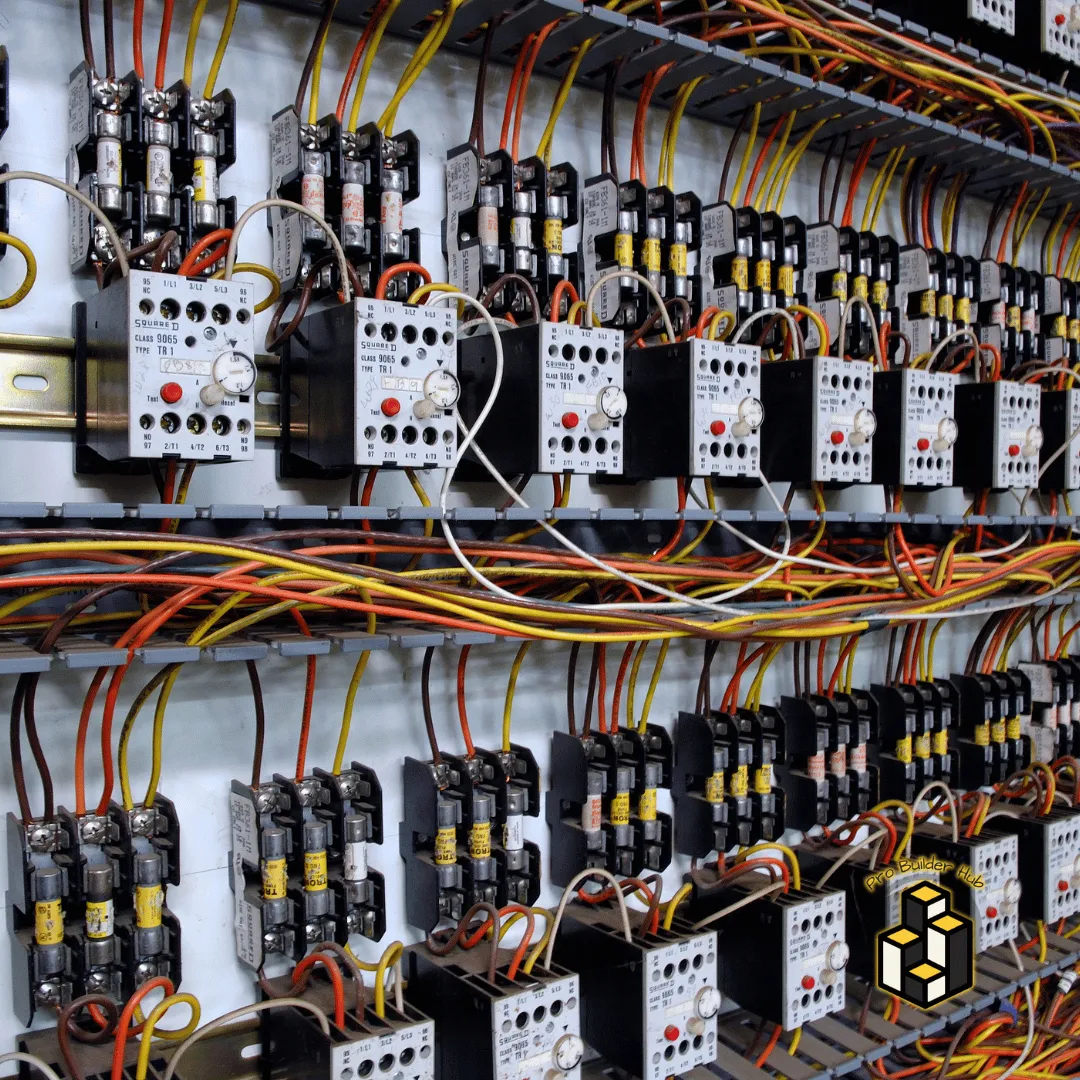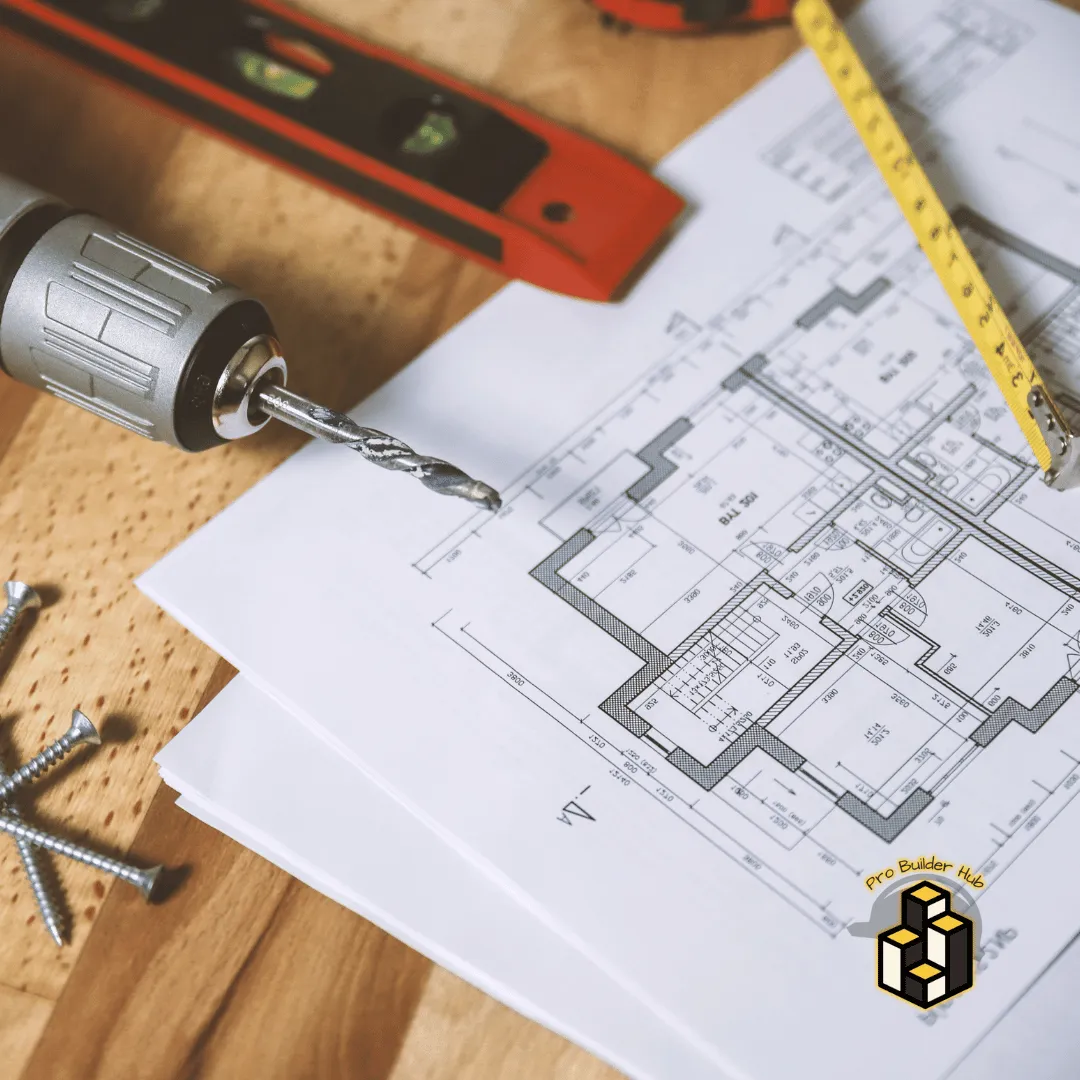Hey there, Contractors!
We know how important it is to stay busy with rewarding projects while having a reliable team by your side. That's why we've created a warm and welcoming space just for you. Whether you're looking for more projects or in need of some extra hands to make those dreams a reality, you've landed in the right spot.






Contractor's Profile

Artificial Intelligence (AI) and Machine Learning in Smart Buildings

Artificial Intelligence (AI) and Machine Learning (ML) technologies are transforming smart buildings by allowing for proactive decision-making, predictive analytics, and personalized experiences.
Here are advanced applications of AI and ML in smart buildings:
1. Predictive Maintenance

AI-powered predictive maintenance solutions detect possible equipment faults before they occur, lowering downtime and maintenance costs.
Anomaly Detection: ML algorithms evaluate historical data from building systems to detect trends that indicate equipment faults or deterioration.
Condition Monitoring: AI-powered sensors continuously monitor the state of building equipment, delivering real-time performance data and predicting maintenance requirements.
Optimized Maintenance Scheduling: Predictive models prioritize maintenance jobs based on criticality and estimated failure probabilities, resulting in optimal resource allocation and scheduling.
2. Energy Optimization

AI and ML algorithms optimize energy utilization in smart buildings, lowering costs and environmental effect.
Energy Demand Forecasting: ML models use past energy consumption data, weather patterns, and occupancy trends to effectively predict future energy demand.
Dynamic Energy Management: AI systems change HVAC, lighting, and other building systems in real time based on occupancy patterns, weather conditions, and energy pricing, maximizing energy efficiency while preserving comfort.
Peak Load Management: ML algorithms detect peak demand periods and automatically alter energy use to reduce peak load, lowering utility bills and avoiding demand charges.
3. Occupant Comfort and Productivity

AI-powered systems improve occupant comfort and productivity by customizing building settings.
Occupant Behavior Analysis: ML algorithms use occupant preferences, habits, and feedback to tailor lighting, temperature, and other environmental controls.
Adaptive Lighting and HVAC Control: AI systems modify lighting, color temperature, and HVAC settings in real time based on occupancy, time of day, and individual preferences.
Personalized Recommendations: AI-powered interfaces make tailored recommendations for workspace utilization, meeting room availability, and amenities based on individual preferences and schedules.
4. Indoor Air Quality Management

AI-enabled sensors monitor and regulate indoor air quality, assuring inhabitants' health and productivity.
Pollution Detection: AI algorithms evaluate sensor data to detect pollutants, allergies, and other dangerous compounds in indoor air, sending alerts and modifying ventilation systems as needed.
Ventilation Optimization: ML models optimize ventilation rates based on occupancy levels, outdoor air quality, and building usage patterns, balancing energy efficiency and indoor air quality.
Health Risk Assessment: AI systems evaluate the health hazards associated with indoor air quality concerns and offer mitigation techniques to reduce occupant exposure.
5. Security and Safety

AI-powered security systems make buildings safer by detecting threats and anomalies in real time.
Video Analytics: AI algorithms analyze video feeds from security cameras to detect suspicious activity, unauthorized access, and security breaches, sending alerts and notifications to security staff.
Behavioral Biometrics: ML models use behavioral biometrics, such as gait recognition and keystroke dynamics, to authenticate users and identify unauthorized access attempts.
Predictive Threat Detection: AI-powered predictive analytics detect potential security risks using historical data, social media monitoring, and other sources, allowing for proactive threat mitigation measures.
6. Space Utilization and Optimization

AI and ML technologies optimize space usage in smart buildings, increasing efficiency and resource allocation.
Occupancy Analytics: AI-powered sensors monitor occupancy levels across the facility, offering insight into space consumption trends and optimizing space allocation.
Dynamic Space Allocation: Using real-time occupancy data, ML algorithms optimize desk allocations, meeting room bookings, and other resources.
Space Planning and Design: AI-powered space planning tools optimize layouts and configurations for maximum efficiency and comfort by incorporating occupancy statistics, user preferences, and design requirements.
7. Autonomous Systems and Robotics

AI-powered autonomous systems and robots conduct duties like cleaning, maintenance, and security patrols, increasing operational efficiency and decreasing manual labor.
Cleaning Robots: AI-powered cleaning robots move autonomously across building interiors, detecting and cleaning areas based on real-time occupancy and cleanliness criteria.
Maintenance Drones: AI-powered drones monitor building facades, rooftops, and other difficult-to-reach regions, finding faults, damage, and maintenance issues without the need for physical inspection.
Security Robots: Autonomous security robots patrol building premises, looking for security breaches, suspicious activity, and safety concerns and sending real-time alerts to security personnel.
8. Building Automation and Control

AI-powered building automation systems optimize the operation of HVAC, lighting, and other building systems to improve energy efficiency and occupant comfort.
Adaptive Controls: AI algorithms modify HVAC setpoints, lighting settings, and other environmental parameters in real time based on occupancy, weather, and energy price to maximize comfort while reducing energy usage.
Fault Detection and Diagnosis: ML models evaluate sensor data to identify flaws, inefficiencies, and malfunctions in building systems, offering early warning signals and recommendations for corrective actions.
Intelligent Building Management Systems: AI-powered building management systems use data from a variety of sources, including sensors, meters, and control systems, to improve building performance, lower operating costs, and increase occupant happiness.
Conclusion
Artificial Intelligence (AI) and Machine Learning (ML) technologies are transforming smart buildings into intelligent, adaptable, and sustainable environments. AI-enabled smart buildings use data analytics, predictive algorithms, and automation to optimize energy usage, improve occupant comfort and productivity, improve safety and security, and streamline building operations. As AI and machine learning improve, the potential for smarter, more efficient, and responsive buildings grows, influencing the future of the built environment.


Artificial Intelligence (AI) and Machine Learning in Smart Buildings

Artificial Intelligence (AI) and Machine Learning (ML) technologies are transforming smart buildings by allowing for proactive decision-making, predictive analytics, and personalized experiences.
Here are advanced applications of AI and ML in smart buildings:
1. Predictive Maintenance

AI-powered predictive maintenance solutions detect possible equipment faults before they occur, lowering downtime and maintenance costs.
Anomaly Detection: ML algorithms evaluate historical data from building systems to detect trends that indicate equipment faults or deterioration.
Condition Monitoring: AI-powered sensors continuously monitor the state of building equipment, delivering real-time performance data and predicting maintenance requirements.
Optimized Maintenance Scheduling: Predictive models prioritize maintenance jobs based on criticality and estimated failure probabilities, resulting in optimal resource allocation and scheduling.
2. Energy Optimization

AI and ML algorithms optimize energy utilization in smart buildings, lowering costs and environmental effect.
Energy Demand Forecasting: ML models use past energy consumption data, weather patterns, and occupancy trends to effectively predict future energy demand.
Dynamic Energy Management: AI systems change HVAC, lighting, and other building systems in real time based on occupancy patterns, weather conditions, and energy pricing, maximizing energy efficiency while preserving comfort.
Peak Load Management: ML algorithms detect peak demand periods and automatically alter energy use to reduce peak load, lowering utility bills and avoiding demand charges.
3. Occupant Comfort and Productivity

AI-powered systems improve occupant comfort and productivity by customizing building settings.
Occupant Behavior Analysis: ML algorithms use occupant preferences, habits, and feedback to tailor lighting, temperature, and other environmental controls.
Adaptive Lighting and HVAC Control: AI systems modify lighting, color temperature, and HVAC settings in real time based on occupancy, time of day, and individual preferences.
Personalized Recommendations: AI-powered interfaces make tailored recommendations for workspace utilization, meeting room availability, and amenities based on individual preferences and schedules.
4. Indoor Air Quality Management

AI-enabled sensors monitor and regulate indoor air quality, assuring inhabitants' health and productivity.
Pollution Detection: AI algorithms evaluate sensor data to detect pollutants, allergies, and other dangerous compounds in indoor air, sending alerts and modifying ventilation systems as needed.
Ventilation Optimization: ML models optimize ventilation rates based on occupancy levels, outdoor air quality, and building usage patterns, balancing energy efficiency and indoor air quality.
Health Risk Assessment: AI systems evaluate the health hazards associated with indoor air quality concerns and offer mitigation techniques to reduce occupant exposure.
5. Security and Safety

AI-powered security systems make buildings safer by detecting threats and anomalies in real time.
Video Analytics: AI algorithms analyze video feeds from security cameras to detect suspicious activity, unauthorized access, and security breaches, sending alerts and notifications to security staff.
Behavioral Biometrics: ML models use behavioral biometrics, such as gait recognition and keystroke dynamics, to authenticate users and identify unauthorized access attempts.
Predictive Threat Detection: AI-powered predictive analytics detect potential security risks using historical data, social media monitoring, and other sources, allowing for proactive threat mitigation measures.
6. Space Utilization and Optimization

AI and ML technologies optimize space usage in smart buildings, increasing efficiency and resource allocation.
Occupancy Analytics: AI-powered sensors monitor occupancy levels across the facility, offering insight into space consumption trends and optimizing space allocation.
Dynamic Space Allocation: Using real-time occupancy data, ML algorithms optimize desk allocations, meeting room bookings, and other resources.
Space Planning and Design: AI-powered space planning tools optimize layouts and configurations for maximum efficiency and comfort by incorporating occupancy statistics, user preferences, and design requirements.
7. Autonomous Systems and Robotics

AI-powered autonomous systems and robots conduct duties like cleaning, maintenance, and security patrols, increasing operational efficiency and decreasing manual labor.
Cleaning Robots: AI-powered cleaning robots move autonomously across building interiors, detecting and cleaning areas based on real-time occupancy and cleanliness criteria.
Maintenance Drones: AI-powered drones monitor building facades, rooftops, and other difficult-to-reach regions, finding faults, damage, and maintenance issues without the need for physical inspection.
Security Robots: Autonomous security robots patrol building premises, looking for security breaches, suspicious activity, and safety concerns and sending real-time alerts to security personnel.
8. Building Automation and Control

AI-powered building automation systems optimize the operation of HVAC, lighting, and other building systems to improve energy efficiency and occupant comfort.
Adaptive Controls: AI algorithms modify HVAC setpoints, lighting settings, and other environmental parameters in real time based on occupancy, weather, and energy price to maximize comfort while reducing energy usage.
Fault Detection and Diagnosis: ML models evaluate sensor data to identify flaws, inefficiencies, and malfunctions in building systems, offering early warning signals and recommendations for corrective actions.
Intelligent Building Management Systems: AI-powered building management systems use data from a variety of sources, including sensors, meters, and control systems, to improve building performance, lower operating costs, and increase occupant happiness.
Conclusion
Artificial Intelligence (AI) and Machine Learning (ML) technologies are transforming smart buildings into intelligent, adaptable, and sustainable environments. AI-enabled smart buildings use data analytics, predictive algorithms, and automation to optimize energy usage, improve occupant comfort and productivity, improve safety and security, and streamline building operations. As AI and machine learning improve, the potential for smarter, more efficient, and responsive buildings grows, influencing the future of the built environment.

Our Mission
At ProBuilderHub, we strive to empower small businesses and corporations by providing an all-in-one software solution that promotes growth and success, especially for contractors. We believe in facilitating access to a wide range of industries and bridging the gap between skilled individuals and businesses. Our mission is to create a community in which expertise is appreciated and opportunities abound, allowing businesses of all sizes to thrive and succeed.

FAQS
What is ProBuilderHub?
Pro Builder Hub is a comprehensive platform catering to individuals and entities involved in the skilled labor industry. It serves as a hub for seasoned professionals, contractors, and employers seeking skilled labor or specialized services.
Who can benefit from Pro Builder Hub?
Pro Builder Hub caters to a diverse audience, including:
- Skilled workers seeking new opportunities.
- Contractors looking to expand their workforce or secure more projects.
- Employers in need of skilled manpower for their projects.
- Suppliers
How can skilled workers benefit from Pro Builder Hub?
Skilled workers can explore new job opportunities posted by contractors and employers on the platform or through social media. They can showcase their expertise, skills, and experience to potential employers looking to hire skilled labor.


